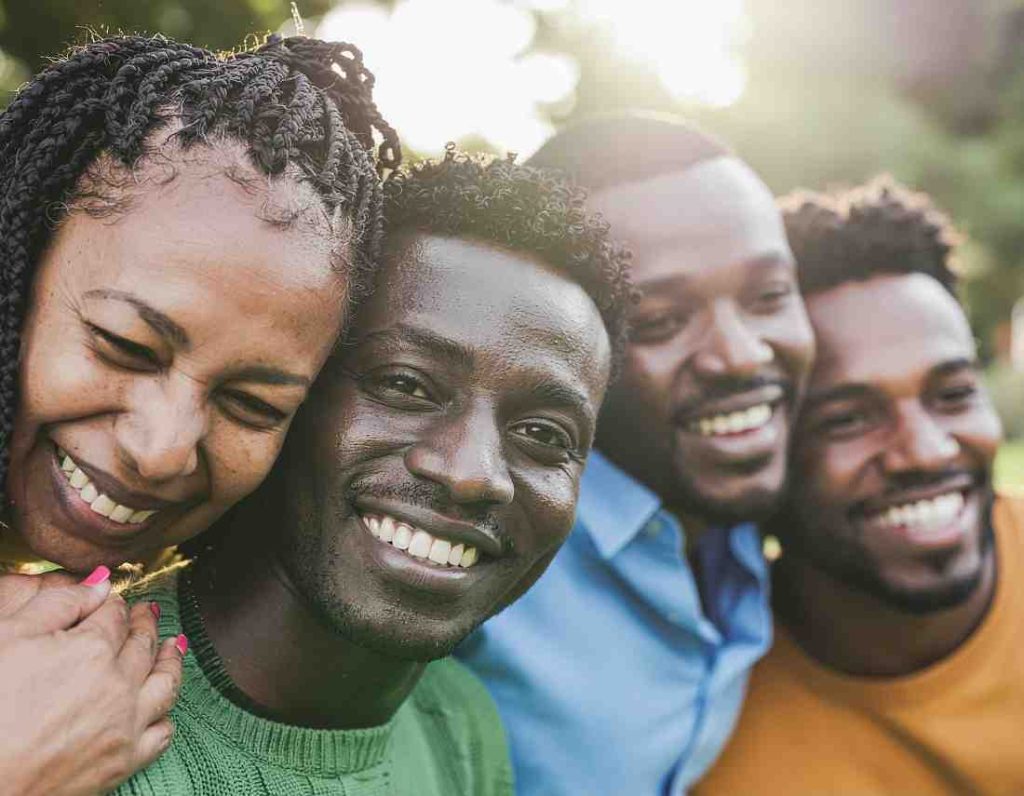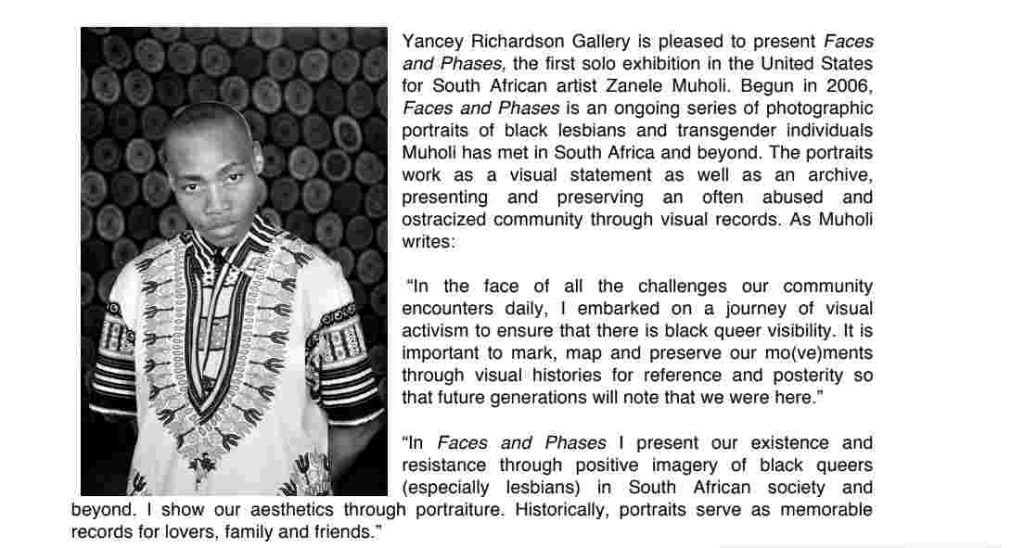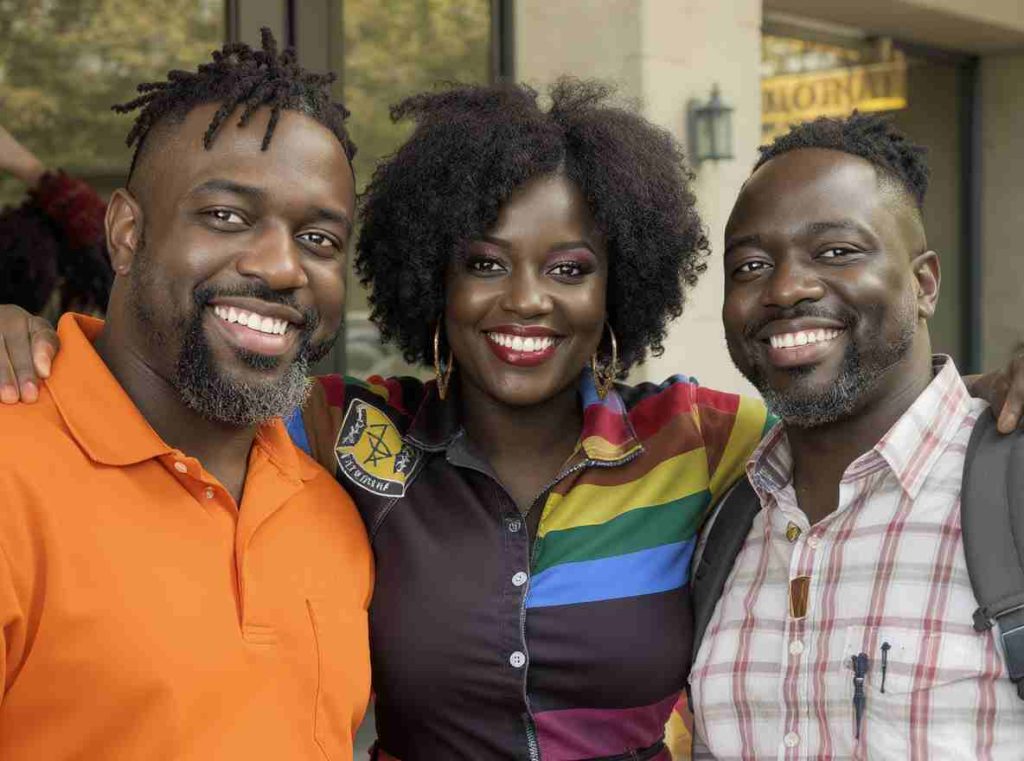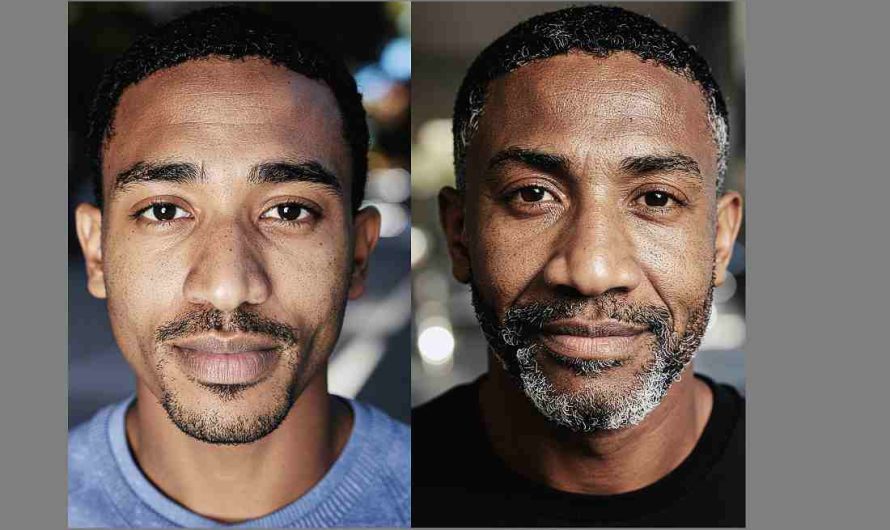
For every member of the Black and African queer community—whether you’re in Lagos, Nairobi, Accra, Johannesburg, London, New York, Texas, or anywhere in the world—creativity isn’t just a hobby. It’s how we survive, remember, and belong. 🫂
Art protects us from erasure.
Through Art:
- We celebrate our triumphs.
- Mourn our losses.
- Find healing and the strength to go on.
- Build chosen family and safe spaces.
- Connect with our ancestry.
- Dream bigger and bolder; art helps us to imagine safer and more expansive queer futures.
This feature outlines five grounded ways Black and African queer persons/artists, and QTBIPOC creators use creativity for resistance, healing, visibility, and community care. You’ll also find practical tools, real-life examples, as well as additional references and resources you can explore or adapt.
What does QTBIPOC mean?
QTBIPOC stands for Queer, Trans, Black, Indigenous People of Colour—an umbrella term for LGBTQ+ individuals also facing racism, colonialism, and intersecting marginalisation. It emphasises how oppressions compound across sexuality, gender, race, and indigeneity, creating barriers to safety, health, housing, and representation. Our editors are working on a follow-up article that fully explains the QTBIPOC framework and why it matters.5 ways queer people of colour can repurpose art to promote happiness, healing and connection:
- Use culture as a tool for resistance.
- Document queer lives to fight erasure.
- Build safe spaces that create art and joy.
- Strengthen solidarity between localised and diasporan Black queer people.
- Use creativity to bring change.
1. Reclaiming culture as resistance
Black and African queer creativity draws from ancestral storytelling, spiritual systems, symbols, and community archives. These practices do more than preserve tradition—they disrupt colonial narratives that excluded and distorted queer life across African cultures (The Trevor Project, 2024)7.
Oral histories bring back old memories we have forgotten. Spiritual traditions make room for chosen families and new kinds of kinship. Visual symbols link us to our ancestors. Community archives safeguard both our laughter and struggles.
Example: Zanele Muholi’s photographic projects—Faces and Phases and Somnyama Ngonyama—document Black queer and trans lives in South Africa and beyond, building a living archive that shows visibility as resistance (SCAD Museum of Art, 2025)6.
Try this yourself:
- Take up a small oral-history project (e.g., make a visual art from an exciting queer history and post on social media).
- Community photography series (e.g., create a digital photo album using portraits of friends from the past).
- Start an online poetry series based on Black queer history.

2. Documenting life for the future
When laws, media, and public discourse erase queer lives, documenting ordinary joy becomes political. Portraiture, micro-documentaries, and social-media carousels showing meals, rituals, friendships, domestic routines, and chosen family events challenge the narrative of Black queerness as danger, drama, or deviance.
Practical moves:
• Photo essays (3–6 images, 150–300 words)
• Intergenerational recordings (30–60 minutes)
• Pop-up “living archives” hosted in community hubs

3. Creating safe community spaces for creativity
Creativity thrives where people feel safe. Across the diaspora—from African house parties to ballroom scenes, from poetry nights to encrypted online groups—trauma-aware creative spaces help people make, heal, and connect.
Historic anchor: Look back at historic gems like The ClubHouse in Washington, D.C., which ran from 1975 to 1990 as a true sanctuary for queer African Americans. Described as a spot that could “soothe the soul with spiritual vibrations,” it hosted everything from dance nights to political rallies. Cited as one of the inspirations of D.C. Black Pride, it held the district’s first HIV/AIDS forum for African Americans, blending art, activism, and health in ways that saved lives.
Practical note: Set up a creativity event celebrating Black queer art. Commit to proper consent practices, anonymity options (for hostile places), ease of accessibility and trauma-informed facilitation when planning events. These details turn Black queer events into healing infrastructures.
Accessibility, consent, and safety checklist:
Ask for clear verbal/written consent; explain how and where work will be shared.Offer anonymity options (pseudonyms, blurred faces, audio-only).
Use trauma-aware facilitation—never pressure people to recount harm.
Provide transcripts, captions, alt text, and large-print/plain-language formats.
4. Building solidarity across borders
The rise of digital platforms, residencies, and academic programs in Africana and Black queer studies has helped connect creators across Africa and the diaspora. These networks share strategies, critique harmful narratives, and amplify each other’s work (Hampshire College/Smith College)3-6.
Connection across all ages is important.
Intergenerational collaboration strengthens transnational networks and fosters a two-way flow of knowledge: elders offer historical strategies for resistance, while younger creators bring new, hybrid forms of digital storytelling.
Practical moves:
• Partner with Africana or queer-studies programs for cross-border public events.
• Set up online clubs for sharing work and accomplishments.
• Use microgrants to compensate contributors and sustain long-term collaboration.
What is Erasure?
When we talk about minority communities, ERASURE is what happens when a group’s experiences, contributions, or perspectives are quietly made invisible.
It is different from EXCLUSION, which is often direct and obvious (and this somehow makes it easier to call out and challenge). Erasure, on the other hand, is subtle. It’s the passive overlooking of a group or an aspect of their identity (often structurally but sometimes unintentionally) within the dominant culture, policies, or history of a society. Because it's subtle and not always deliberate, it is often far more difficult to recognise or address.
Erasure can also occur within minority groups themselves. Certain subgroups get sidelined or forgotten in a community’s own conversations, even when they technically “belong” there.
E.g., Black trans women are often sidelined in broader Black queer discussions.
Exclusion = “You are not one of us.”
Erasure = “I didn't know you were there.”
Adopting QTBIPOC or similar umbrella terms is a deliberate effort to focus attention on those facing compounded harms and challenges.
5. Turning art into social change
Black and African queer art drives advocacy movements. It reframes representation, informs public education, and strengthens campaigns challenging stigma and discriminatory policies. Creative activism—whether through posters, zines, pride festivals, or social-media campaigns—helps communities combat erasure (D.C. Black Pride/GLAAD)2 – 3.
Creative activism is the use of art, culture, and storytelling, e.g., music, photography, theatre, visual design, and rituals to promote social or political change.Examples:
• Black Pride events that fuse celebration with political education.
• Portrait and documentary projects that reshape mainstream media narratives.
• Community-led campaigns that centre joy and demand policy recognition.
Practical Moves:
• Pick a clear goal (raise awareness, shift policy, fund a project).
• Choose the right format for your audience (post series, zine, performance, mural, podcast).
• Collaborate with the communities you’re speaking for.
• Pair the art with action: petitions, events, media outreach, or fundraising.
• Track impact: shares, attendance, media pickups, and direct outcomes (donations, policy responses).
Copy-ready assets you can adapt:
- Donor headline: Help us archive joy—preserve Black and African queer lives for tomorrow.
- Social caption: Queer joy is resistance. Share a photo or story and tag #QueerRoots.
- Event blurb: An evening of storytelling, music, and archives—honouring elders, uplifting youth, creating space.
What’s one creative act you’ll take today? Record a story, share a photo, draft a small zine—or start a micro-archive for your community?
Tell us in the comments!
References
- D.C. Black Pride. (n.d.). About us. https://dcblackpride.org/about-us/
- GLAAD. (n.d.). Black queer women. https://glaad.org/tag/black-queer-women/
- Hampshire College. (n.d.). Africana studies. https://www.hampshire.edu/academics/areas-of-study/africana-studies
- National Park Service / Historic American Buildings Survey. (n.d.). 1296 Upshur Street Northwest (The ClubHouse) HABS DC-884. Library of Congress HABS collection. https://tile.loc.gov/storage-services/master/pnp/habshaer/dc/dc1100/dc1175/data/dc1175data.pdf
- SCAD Museum of Art. (2025). Zanele Muholi exhibition. https://www.scadmoa.org/exhibitions/zanele-muholi
- Smith College. (n.d.). Africana studies. https://www.smith.edu/academics/africana-studies
- The Trevor Project. (2024, February 13). Against the erasure of Black queer history. https://www.thetrevorproject.org/blog/against-the-erasure-of-black-queer-history/
- Ugonnaora Owoh (2025) Love, community, anti-gay laws: the queer African artists redefining visibility. through portraits, Wallpaper*. Available at: https://www.wallpaper.com/art/queer-african-artists


